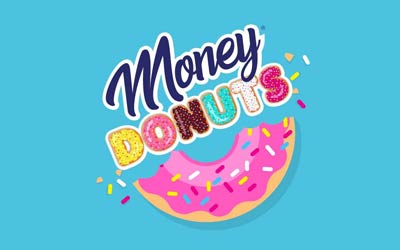
A loan and line of credit are both ways for people to borrow money and pay it back over time. But there are differences in how you receive funds and how you pay them back. A loan gives you a lump sum of money that you repay over a period of time. A line of credit lets you borrow money up to a limit, pay it back, and borrow again.
A Loan Is For One-Time Costs
When people talk about a loan, they are usually discussing an installment loan. With an installment loan, borrowers receive the loan funds immediately, often using them to pay for a large expense like a car or house. The borrower pays off the loan in regular installments over a period of months or years. Most loans require borrowers to make the same payment each month until the loan is paid off. Once it’s paid, the loan is closed and borrowing again requires a new loan. The most common types of loans include auto loans, home mortgage loans, personal loans and student loans.
A Line Of Credit Can Be Used Over And Over
A line of credit is considered a revolving account: borrowers can borrow and pay it off again and again without applying for a new loan. For example, a credit card is a line of credit. If you make purchases up to the card’s credit limit, your available credit will be zero. Once you’ve made payments to reduce the balance, you’ll have credit available and can borrow again. You can repeat this cycle of borrowing, paying, and borrowing over and over.
Credit cards are a unique line of credit because paying the balance in full each month means you won’t pay interest. Other lines of credit may not have this grace period and you’ll be charged interest starting when you borrow the funds. Some lines of credit like a home equity line of credit have a draw period where you only pay the interest charges. When the draw period ends, there is a repayment period where you repay both interest and the amount borrowed. No matter what type of line of credit you have, you’ll need to make a minimum monthly payment. Common examples of lines of credit are credit cards, store credit accounts, home equity lines of credit, and business lines of credit.
Is A Loan Or Line Of Credit Right For Me?
- Both affect your credit score. Both a loan and a line of credit will appear on your credit report and can help build your credit if you make your payments on time. Also, a small part of your credit score is determined by your mix of credit types. Loans and lines of credit are considered different types of credit, so responsibly managing both can help your credit score.
- Both charge interest. Interest rates vary according to your credit score and the loan purpose, so you’ll want to review your options carefully.
- Both may offer secured and unsecured options. A secured loan or line of credit is backed by a lien against some type of collateral, like a property or a car. An unsecured loan or line of credit is based on your creditworthiness, not tied to collateral.
- Loans are best for large, one-time purchases. For example, the large lump sums required to purchase a new car or home are one-time expenses where the flexibility of a line of credit doesn’t matter.
- Lines of credit offer flexibility for smaller expenses. For smaller, ongoing expenses, a line of credit is a much more flexible way to borrow funds. This also means a line of credit can be a better option as a source of emergency funds. You won’t pay interest if you don’t borrow from your line of credit, but it’s there if you need it.
Take the Next Step
Like this article?
Sign up to get more articles by email.
Need help?
Schedule an office appointment.
Not a Member?
Open your account today.




